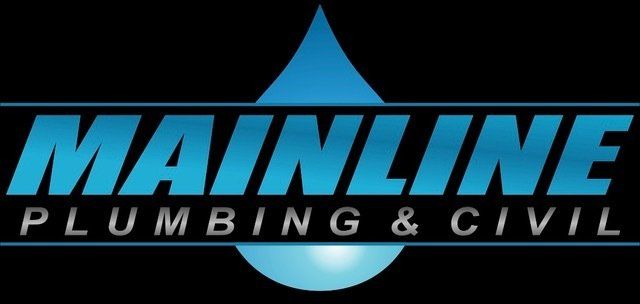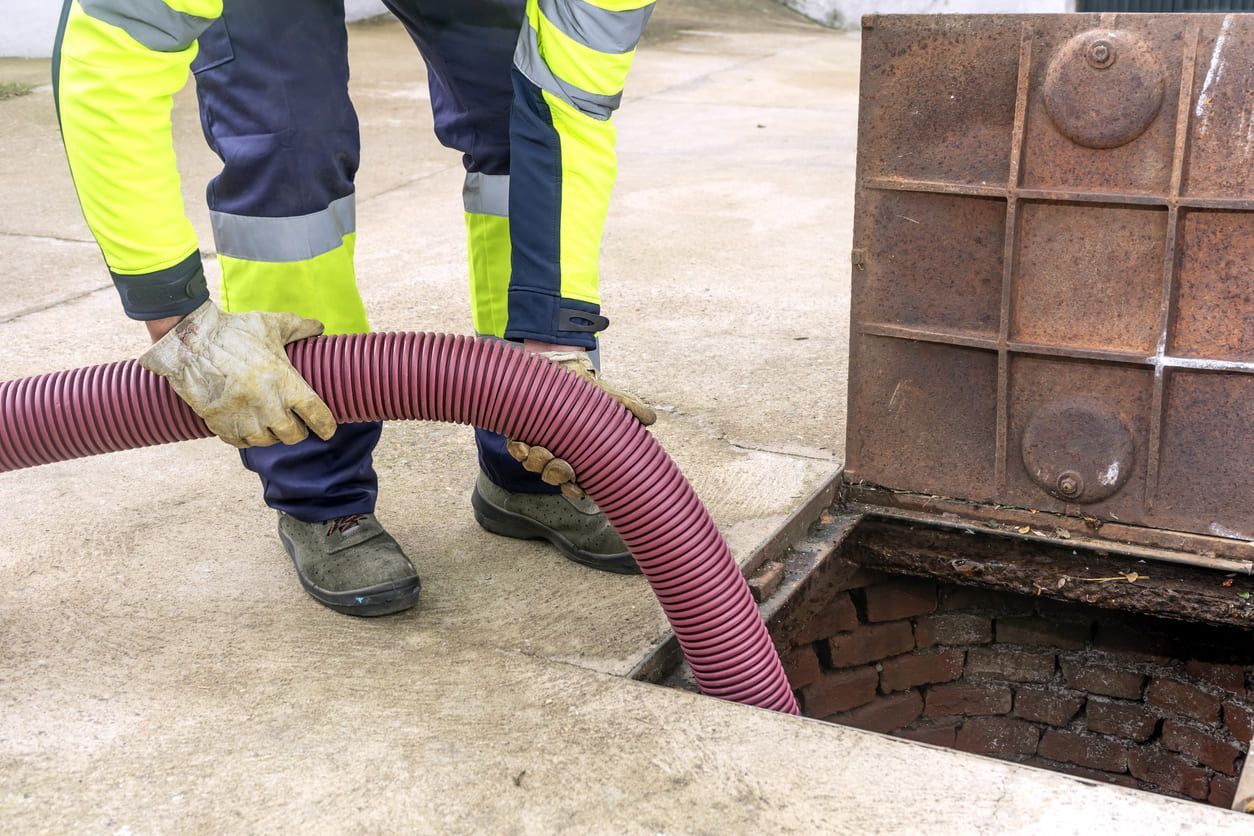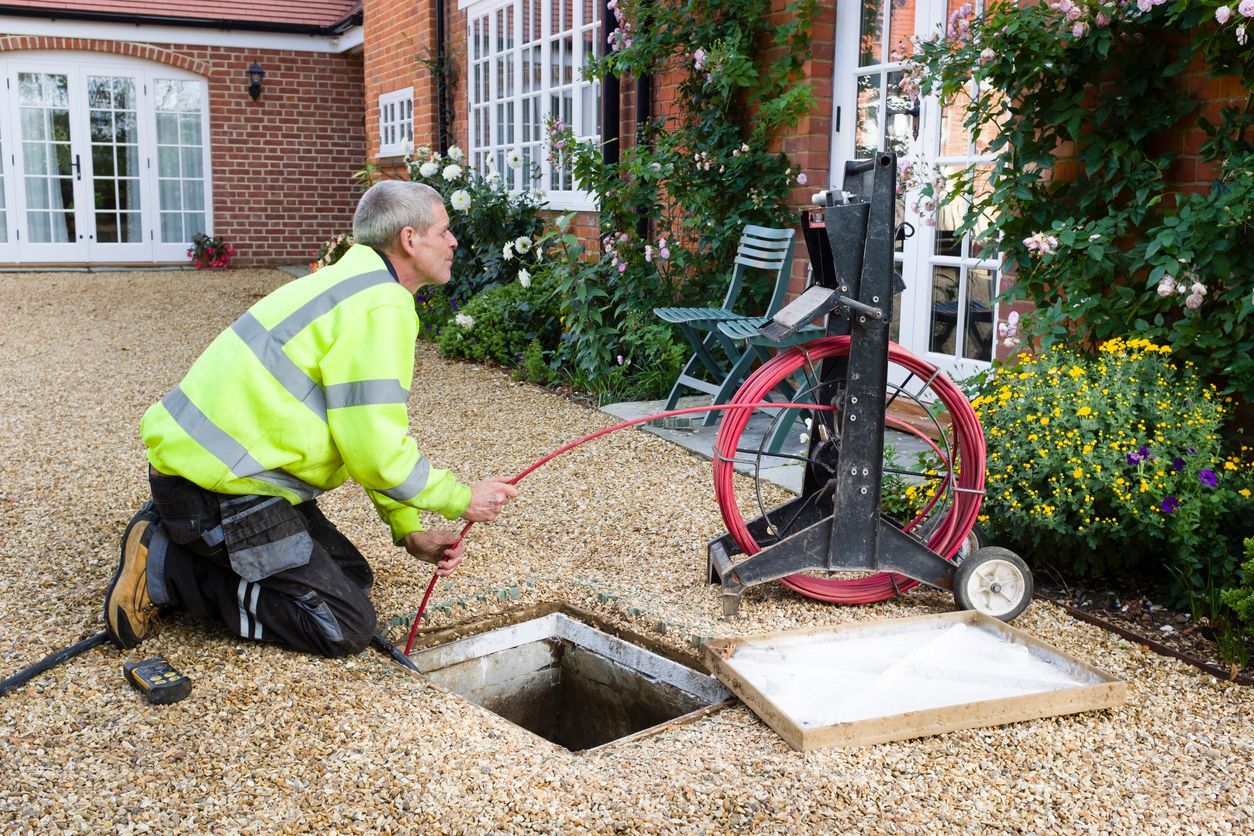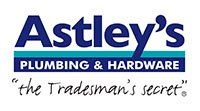How to Prepare Your Property for a Septic System Installation
A waste disposal system is something every building in Australia has got to have. It is one of those things that we take for granted, but if you are having a house built, you need to acquire some basic knowledge about it, because it is your responsibility.
It's called an onsite wastewater system, and it simply means how the water you use and then discard is processed.
What is Wastewater?
As fundamental questions go, this is the perfect place to start. Having a good water supply coming into a property is a far more commonly considered matter. You want it clean, pure and plentiful. It’s what civilised countries have: whether this is water supplied by the government of you have a well, you’ve got all the running water you need for drinking, washing and cooking.
But what happens to that water when we’ve used it? It’s not a glamorous question but it is a vitally important one. If the standard method in your area of New South Wales is the septic tank, you need to familiarise yourself with septic tank regulations in NSW and maybe rural septic systems in NSW.
If that sounds a bit daunting because you don’t know anything about it, here is a simple guide to septic tank setup.
What is a Septic System?
The most common understanding of the word septic is in healthcare, where we think about a wound going septic. That means it gets infected with harmful bacteria, and it’s not a good thing. However, those bacteria are only harmful in the wrong place.
In the right place they can be useful, and a septic system is one such example. That is because bacteria work to digest and break down wastewater in a way that doesn’t need chemical assistance.
What happens in a septic tank is that the wastewater, including what comes from the toilet, goes into a tank underground and the bacteria do their stuff. The water separates into the solids which sit at the bottom, and above that the effluent, which eventually flows out along special trenches.
There is also a top layer called scum, which is a frothy, fatty substance. The name scum sounds unpleasant but in fact, in a septic system it performs a useful role, providing a kind of seal that keeps odours in and insects out.
The effluent runs off or can be pumped, but the solid waste at the bottom remains and has to be pumped out and taken away in tanker lorries, and this must be done regularly to maintain the efficiency of the system.
What Should Not Go in a Septic System
As we have seen above, bacteria are important in all this, but there are manmade chemicals that can impair their efficiency. Household chemicals which we use for cleaning and sterilisation - and antibiotics - are actually counterproductive in a septic system, so they need to be kept out of it.
Where Should a Septic System be Sited?
Although we have looked first at the way a septic system functions, an even more important consideration is where it is sited. Obviously, what goes into one – and what comes out even after the bacteria have done their work – is not by any means clean water, and therefore it must be kept out of water systems that could be termed “good”.
Rivers, lakes, waterholes, underground streams and the like must be protected from contamination, and the local council will have information about where these precious resources are and where a new septic system must (or must not) be sited to avoid health issues.
A good septic system installation company will also be very aware of the importance of location, so it is essential to work with a reputable company that will liaise with the authorities and ensure that not only are you not breaking any laws but, more importantly, you’re not endangering public health.
For that reason alone, it is vitally important to be careful who you choose to carry out this work. This is one of those occasions where the cheapest quote should be regarded with suspicion, so if you do receive an offer to do it on the cheap, you should ask questions and ensure as best you can that the job will be a good one that works well for you and does no harm to anyone.
You have a bit of work to do, then, to make sure you’re commissioning a good job. Have a good look at septic tank regulations in NSW and if applicable rural septic systems in NSW so that you have at least a working knowledge of the subject and can avoid any firm that is going to be carrying out the work in your name.
At Mainline Plumbing & Civil, we can help you with the placing and maintenance of your new septic system. Contact us here to get started.

















